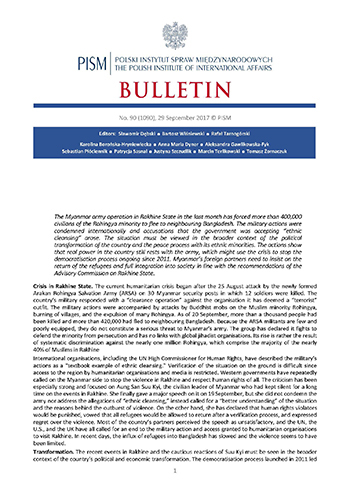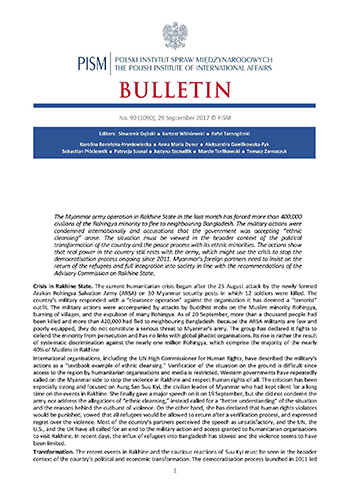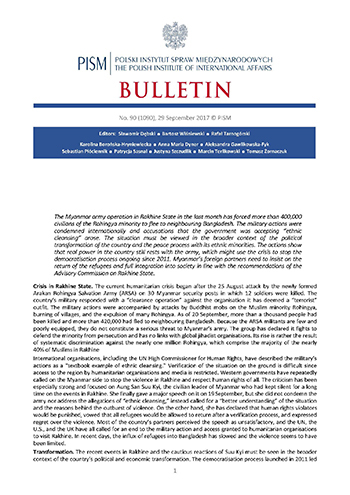
Donald Trump’s Economic Policy: Consequences for Germany
The economic policy announced by Donald Trump, especially the introduction of restrictions on foreign trade and expansionary fiscal policy, raise many challenges for Germany’s economic interests. In response, Germany will seek to consolidate the European Union and strengthen its position in the global economy. It will not succeed without the rapid conclusion of disputes that weaken cooperation between Member States.
More...


















